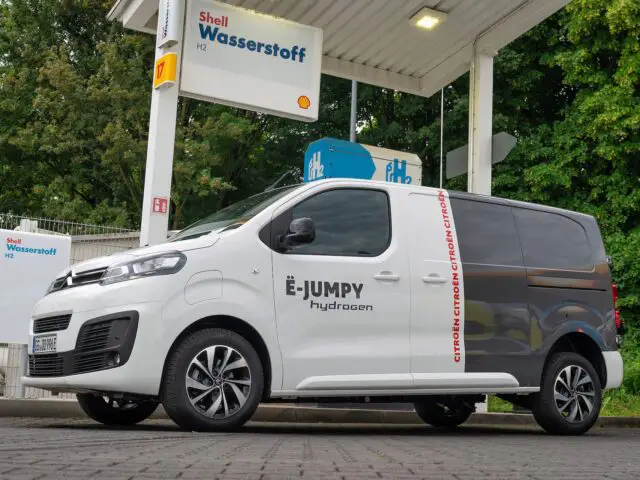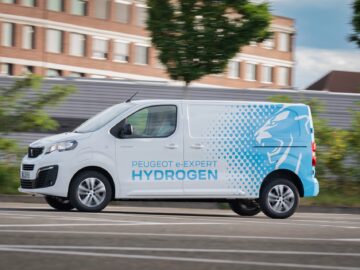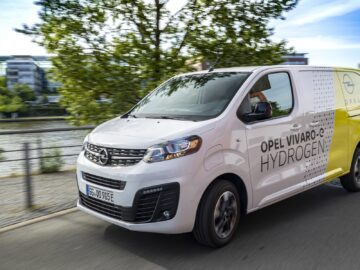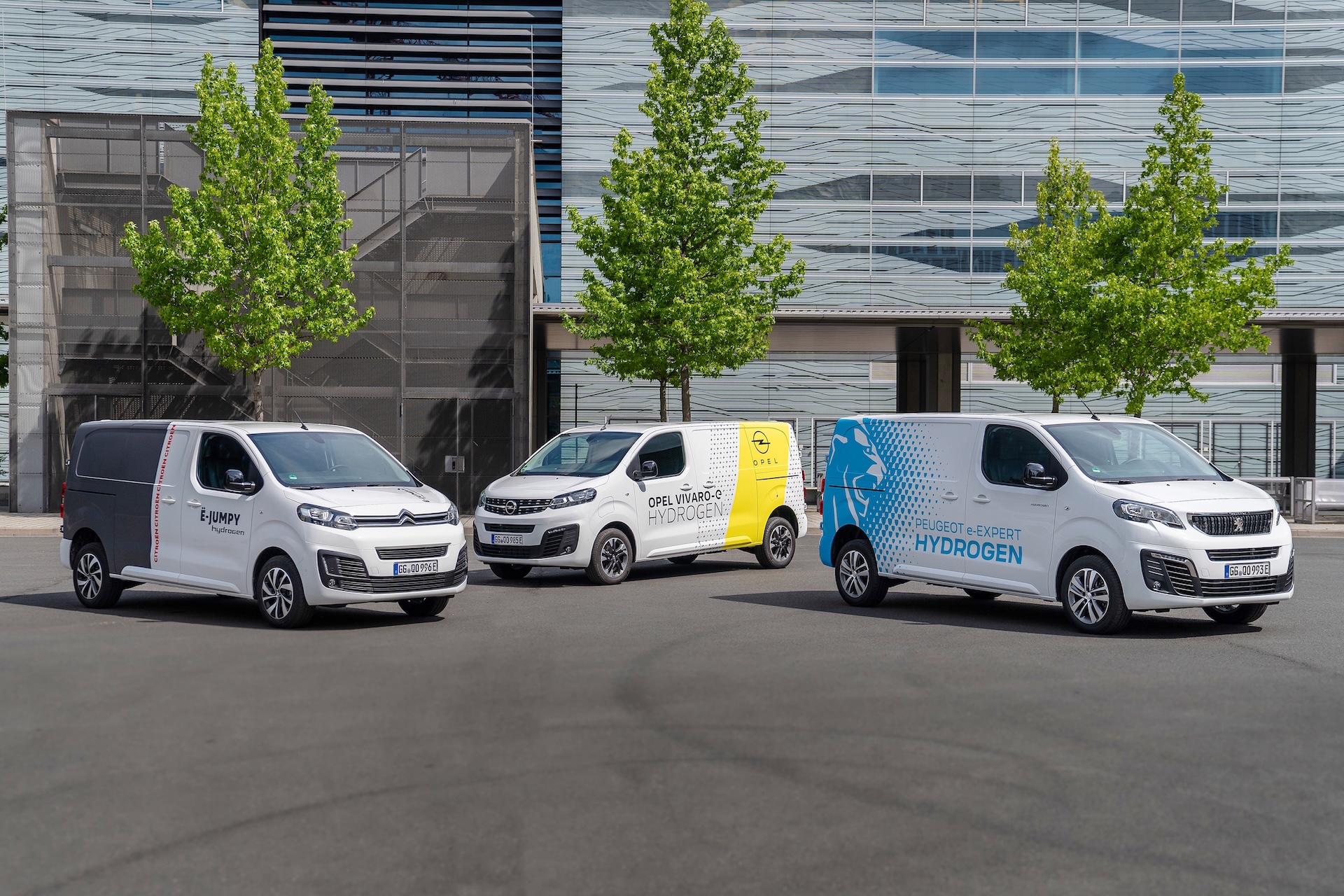BREAK: Stellantis pulls plug on hydrogen technology development
Introductions of hydrogen models will not continue
As Stellantis pulls the plug on hydrogen fuel cell technology, introductions of a new range of hydrogen-powered Pro One vehicles are also dropping. These are commercial vehicles. Series production was supposed to start this summer in Hordain, France (medium vans) and Gliwice, Poland (large vans). But that won’t happen now. Hydrogen and Stellantis are not a match for now.
Statement
“In a context where the company is mobilizing to respond to demanding CO2 regulations in Europe, Stellantis has decided to discontinue its hydrogen fuel cell technology development program,” said Jean-Philippe Imparato, Chief Operating Officer for Greater Europe.
“Hydrogen market remains a niche segment”
Imparato: “The hydrogen market remains a niche segment, with no prospects of medium-term economic sustainability. We must make clear and responsible choices to ensure our competitiveness and meet our customers’ expectations with our electric and hybrid passenger car and light commercial vehicle offensive.”
No impact on staffing
This decision will not affect staffing at Stellantis’ production sites. R&D activities related to hydrogen technology will be redirected to other projects.
Financial challenges hydrogen
The current situation in the hydrogen segment also presents financial challenges for various stakeholders. In this regard, Stellantis initiated discussions with Symbio’s shareholders to evaluate the current market impacts and protect Symbio’s interests, in accordance with their respective obligations.
“The hydrogen market remains a niche segment, with no prospects for medium-term economic sustainability”
Jean-Philippe Imparato, Chief Operating Officer for Greater Europe
In a nutshell
With the hydrogen market showing no development prospects in the medium term, Stellantis has decided to discontinue its hydrogen fuel cell technology development program. Series production of hydrogen-powered Pro One delivery vehicles in Hordain (France) and Gliwice (Poland) will cease. Stellantis is discussing alternatives to Symbio with its partners.
Since second quarter 2023
In the second quarter of 2023, Stellantis brought the first fuel cell light commercial vehicles to the Dutch market. These were hydrogen-electric versions of the Citroën Jumpy, Opel Vivaro and Peugeot Expert, rolling off the same production line as the fuel-engine and battery-electric powertrain versions. Those models had the following specifications.
Specifications
- Light commercial vehicle (HK0 platform)
- Fuel cell in engine compartment
- Three hydrogen tanks (700 bar, 4.4 kg H2)
- 10.5 kWh battery (50 km range)
- 6.1m3 loading volume
- 1,000 kg load capacity
- Max. trailer weight 1,000 kg
- Refueling in three minutes, range up to 400 km
- Max. power/torque electric motor 100 kW (136 hp)/260 Nm
- Top speed 110 km/h
- Acceleration 0-100 km/h in 15 sec.
- On-board charger 11 kW
- Battery charging time approximately 90 min



‘Hydrogen is promising’
At the time, Stellantis was still talking promisingly about hydrogen technology. “To further reduceCO2 emissions and meet the diverse transportation needs of businesses, Stellantis is not only betting on battery-electric propulsion, but also hydrogen-electric propulsion with a fuel cell. This technology is considered very promising and the next phase of locally emission-free propulsion in the automotive sector. Especially for larger commercial vehicles, there are advantages in terms of range, while maintaining full charging capacity,” Stellantis said in a press release at the time.
Hydrogen ecosystem
Hydrogen now plays an important role in many new international projects. In 2021, the European Clean Hydrogen Alliance – of which Stellantis is part – announced investments worth about €60 billion in the development of a hydrogen ecosystem. The number of hydrogen refueling stations in Europe should grow to 2,500 by 2030 and 10,000 by 2055, when some 450,000 light commercial vehicles and 10,000 trucks are expected to be running on hydrogen in Europe.
Based on the European alternative fuels infrastructure scheme – part of the European Green Deal and the Fit for 55 package of measures – there will be mandatory targets for all 27 EU member states, including that a hydrogen refueling station must be located along freeways every 100 to 150 kilometers.

